Previously we talked about the classic focal lengths for the most popular genres in photography and why they are well-suited to specific genres, but we spoke mainly of the full-frame format. Today we’ll talk about classic focal lengths in terms of cropped sensors and explain how cropped sensors work, since every manufacturer has its own cropping factor.
First let's discuss the full-frame format, which is very popular among photographers, but not yet very affordable. In the digital age, full-frame format refers to cameras whose sensor is the same size as a regular 35mm film frame, which was the standard in the days of analogue photography.
When this format appeared, it was considered to be tiny when compared to medium- and large-format photography, but due to its portability it quickly became a favorite among many photographers.
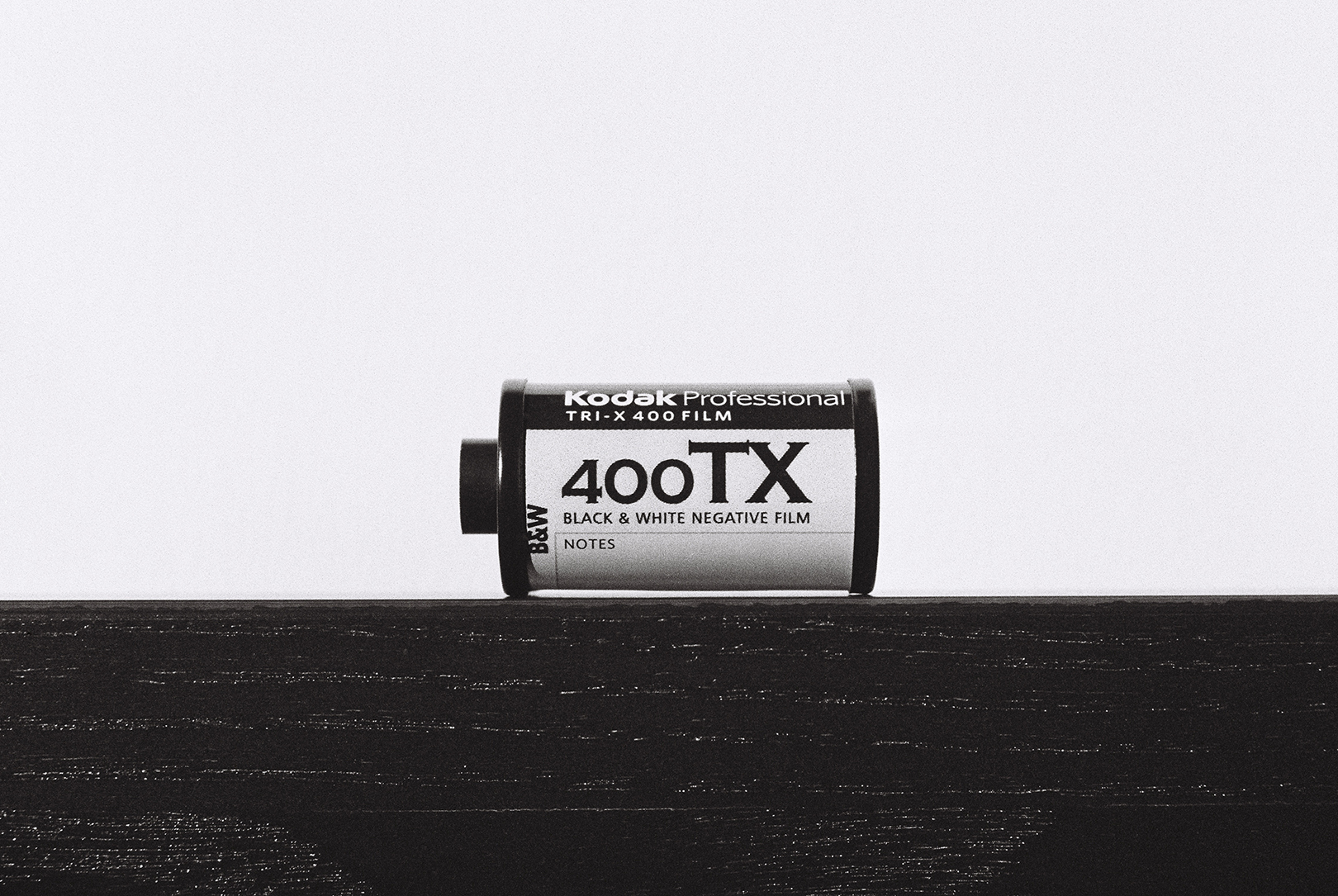
If you are an entry-level photographer, you probably have a camera with a sensor smaller than a full-frame sensor. But don't feel bad: cropped sensor cameras are extremely powerful. You just need to know what to expect when mounting different lenses on them.
Many lenses are designed to work on full-frame cameras, even though they can be mounted on cameras with smaller sensors. What happens in this case is that only a portion of the light the lens captures will pass through the camera and hit the sensor. This portion will vary according to the size of the sensor.
The ratio of the size of the full-frame format to that of the smaller format is known as the “crop factor”. It is typically in the range of 1.3 to 2.0 for non-full-frame digital SLRs. The greater the number, the smaller the sensor.
Here you can see a comparison chart of how cropped sensors are sized compared to a full-frame sensor.
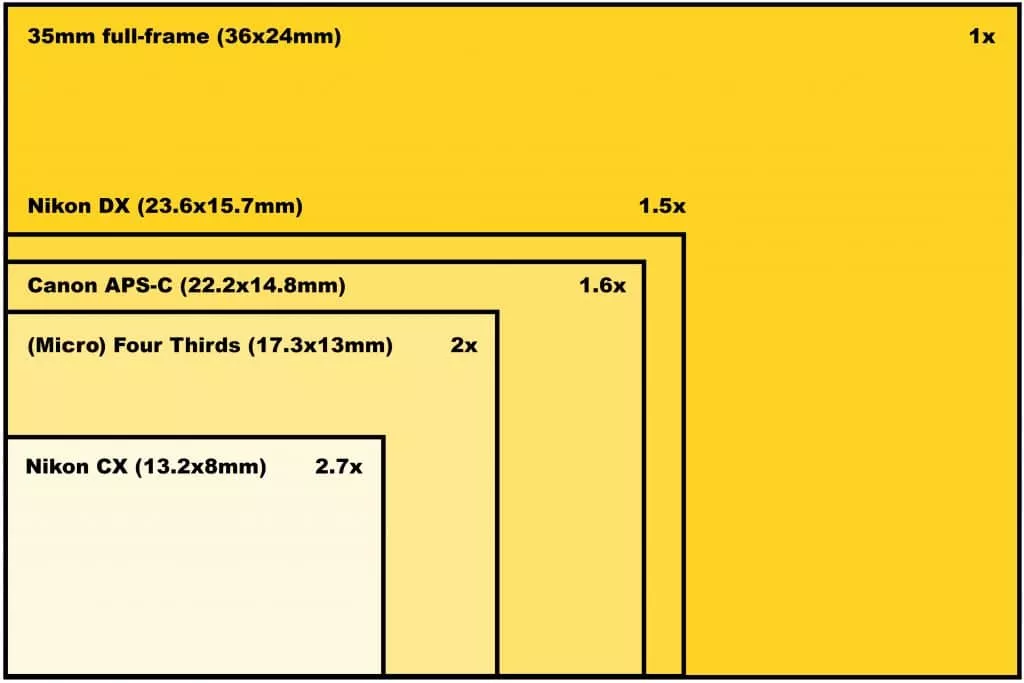
But before you shake your head at the tininess of these sensors, look how tiny the 35mm full-frame format is compared to medium- or large-format film.
About APS-C Sensors
APS-C stands for “Advanced Photo System” type C, which is an image sensor format that is smaller in size than the aforementioned full-frame format. Each camera manufacturer has its own version of the APS-C sensor, and that is why there isn't a standard formula for stating that all APS-C cameras have a fixed-size sensor. The best way to know your camera's crop factor is to look at its specs; there you'll find a number like 1.5x or 1.6x.
But what do these numbers actually mean? And most important, how can you use them?
If a camera specs say its crop factor is 1.5x, this means that any lens that you attach to it will have a viewing angle of a focal length corresponding to 1.5 times the size of the attached one.
So, since this is a bit confusing, I'll use a couple of examples before getting into how to achieve the classic focal length looks for the most popular genres of photography.
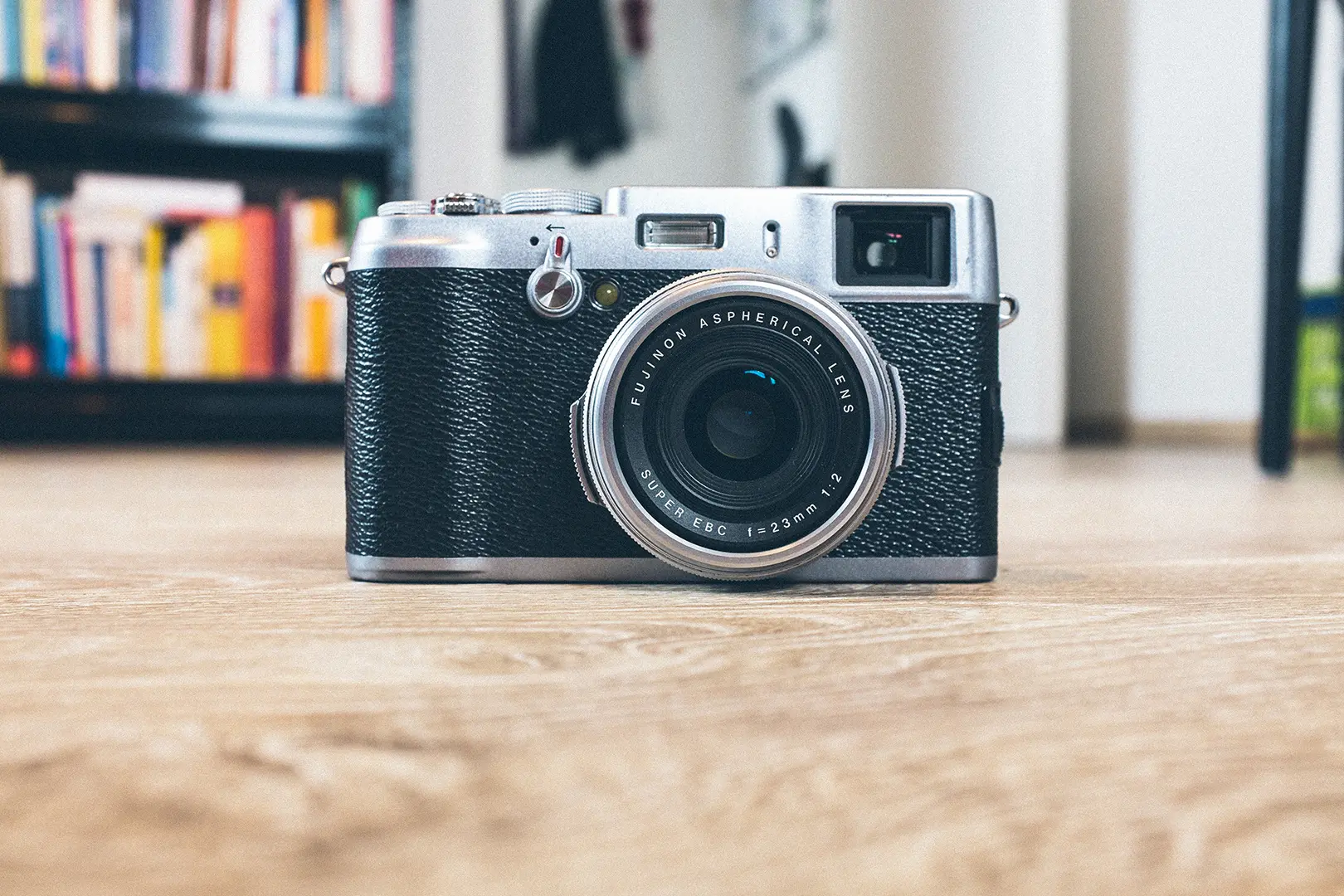
I'll take my camera as an example. My camera has a crop factor of x1.5 (1.5217, actually), and it comes with a fixed 23mm lens that gives an equivalent 35mm angle of view.
I bought the two conversion lenses that Fujifilm sells for this particular camera: one is a 19mm adapter that achieves an equivalent look of a 28mm lens, and the other one is a 33mm adapter that achieves an equivalent look of a 50mm lens. Even when the angles of view are achieved, we must not consider it as a zooming thing – it’s more like a visual restraint that reduces the angle of view of each lens.
Achieving The Classic Looks
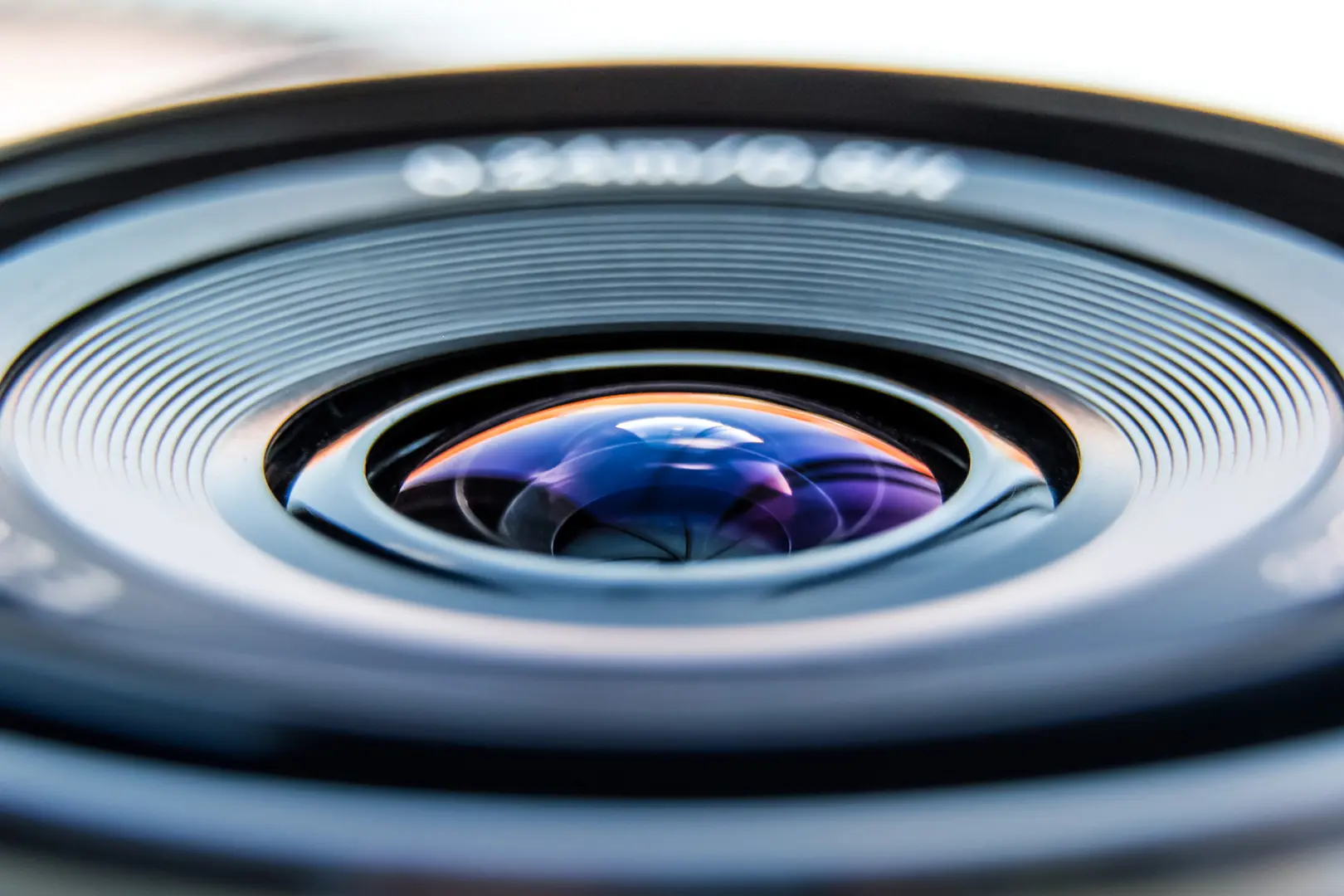
- Street Photography: If you are thrilled with street photography like me, you’ll want a wide-angle lens with you on the streets. The reason why wide-angle lenses are popular with street photographers is because they push us to get closer to people, and can still capture context, which is great when telling a story. When I was a DSLR user, I used a Canon camera with a crop factor of 1.6x, and to get that 35mm angle of view I used two lenses. One was a 10-20mm lens, which when used at 20mm was a 32mm equivalent, and a 28mm lens that achieved a 45mm equivalency.
- General Photography: For general-purpose photography, you will want to use a 50mm lens. That focal length is roughly what we see through our own eyes, so it makes sense to uise this for general subjects. If you have a 1.5x cropped sensor camera, you should consider investing in a 35mm fixed lens; and if your camera has a 1.6x sensor, consider a 35mm lens as well.
- Portrait Photography: Here you can make a wise investment in a decent fixed 50mm lens to achieve a 75mm equivalent in a 1.5x cropped sensor camera, or an 80mm in a 1.6x sensor. This is a wise investment because if you eventually decide to upgrade to a full-frame camera, that 50mm lens will give you a beautiful photographic experience. It’s basically like taking pictures with your own eyes.
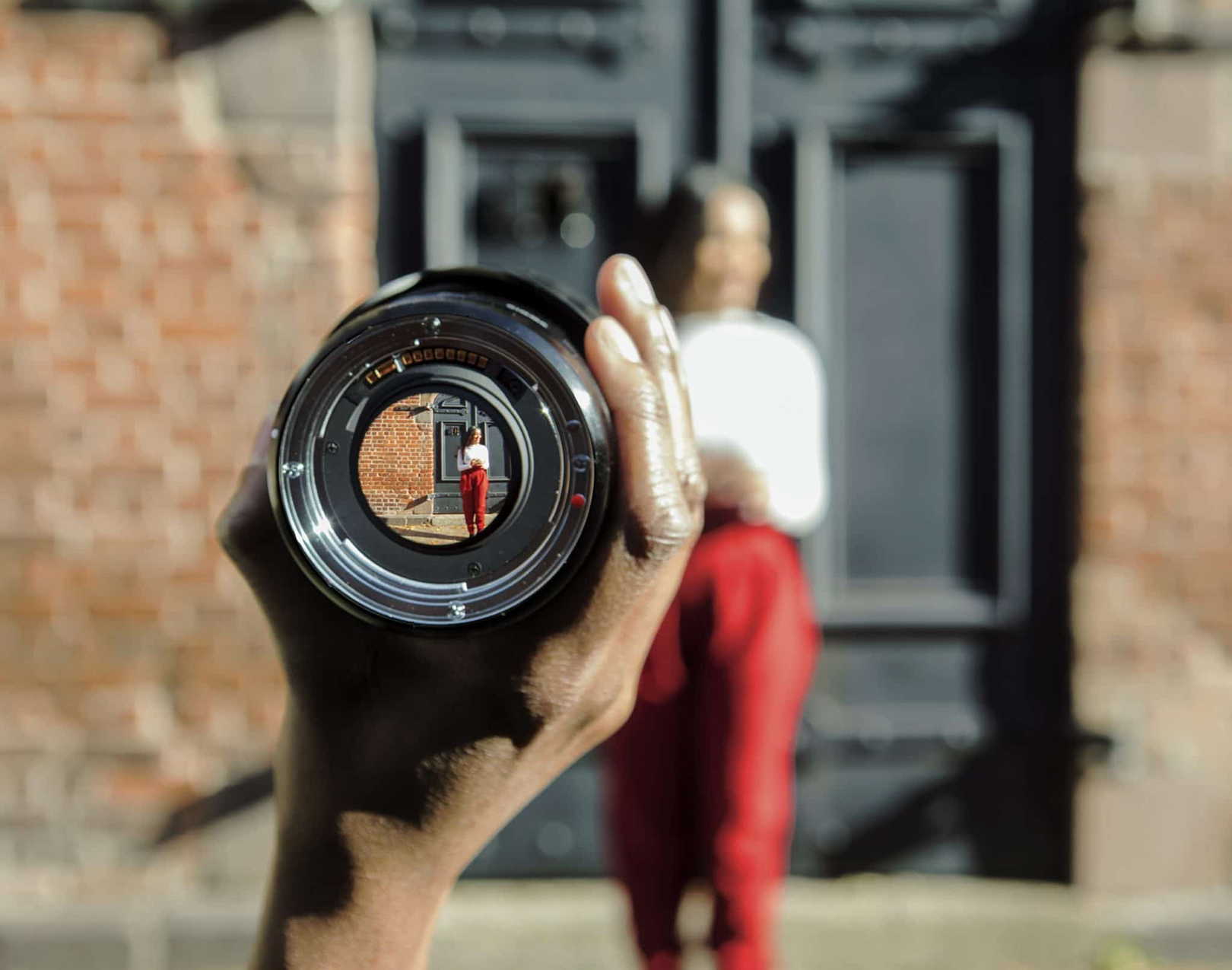
Also important: if you have an entry-level camera, you'll likely have an 18-55mm kit lens. This means that:
- At 22mm, you'll easily achieve a 35mm look with a 1.6x cropped sensor.
- At 31mm, you'll be getting a 50mm equivalent with a 1.6x cropped sensor.
- At 55mm, you'll have a decent 85mm-like experience with a 1.6x cropped sensor.
The kit lens is an amazing tool for learning what we will become passionate about when it comes to photography. Don't undervalue it – use it until you get a glimpse of your favorite photographic genre before even thinking about buying a new lens. By doing this you'll avoid a lot of unnecessary expenses.
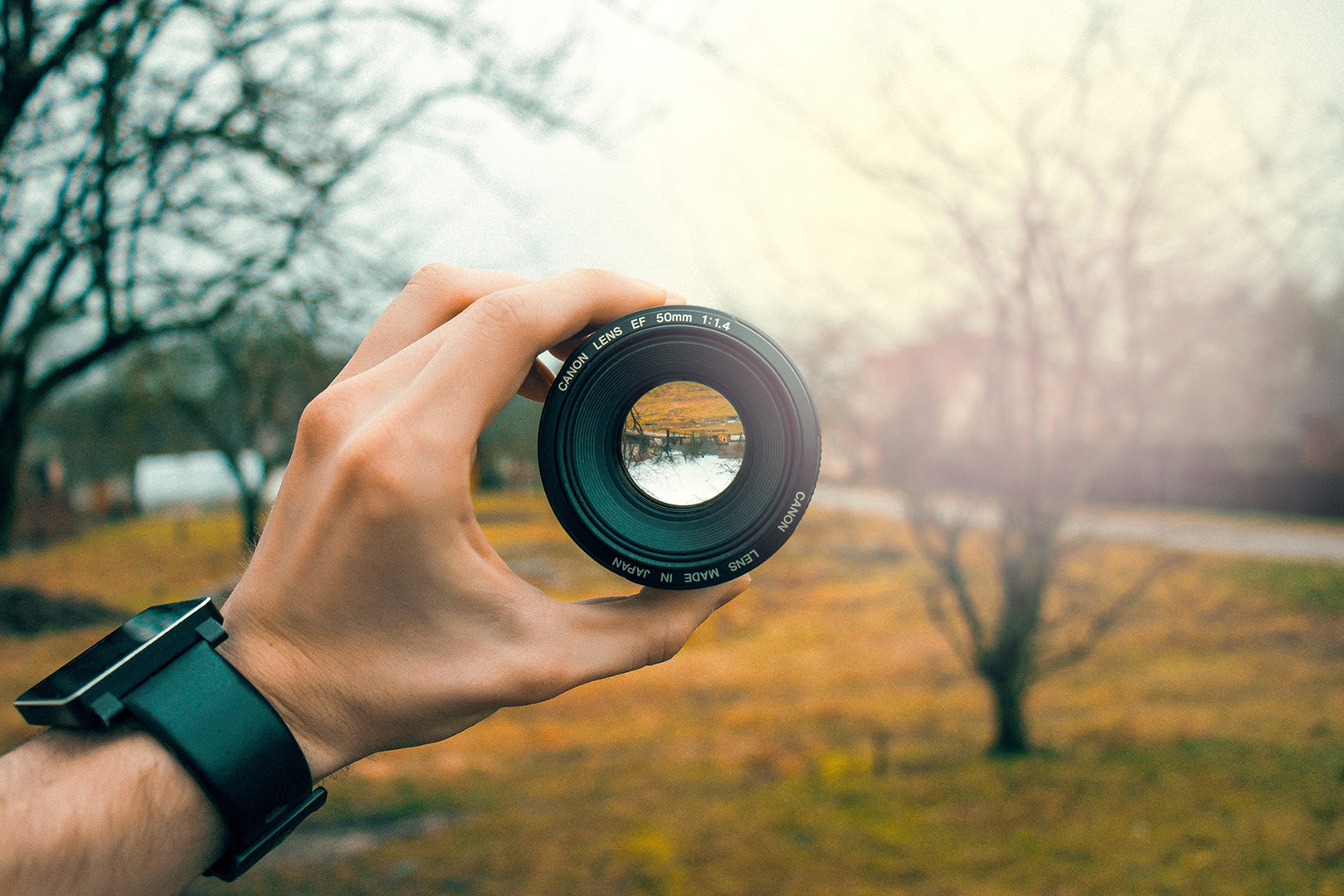
Every camera scenario is different, so you should be extremely aware of your crop factor. Read the specs, or simply Google ‘”Camera brand and model” crop factor’ and you’ll be all set.
Please share any doubts or questions you may have in the comment section below.



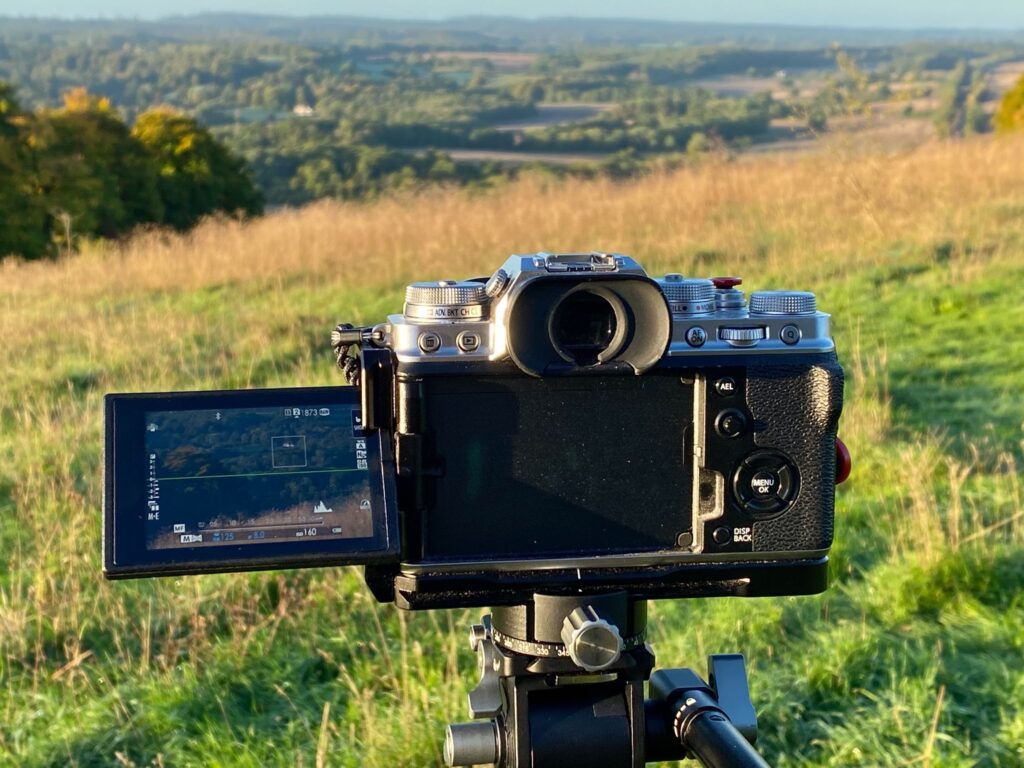
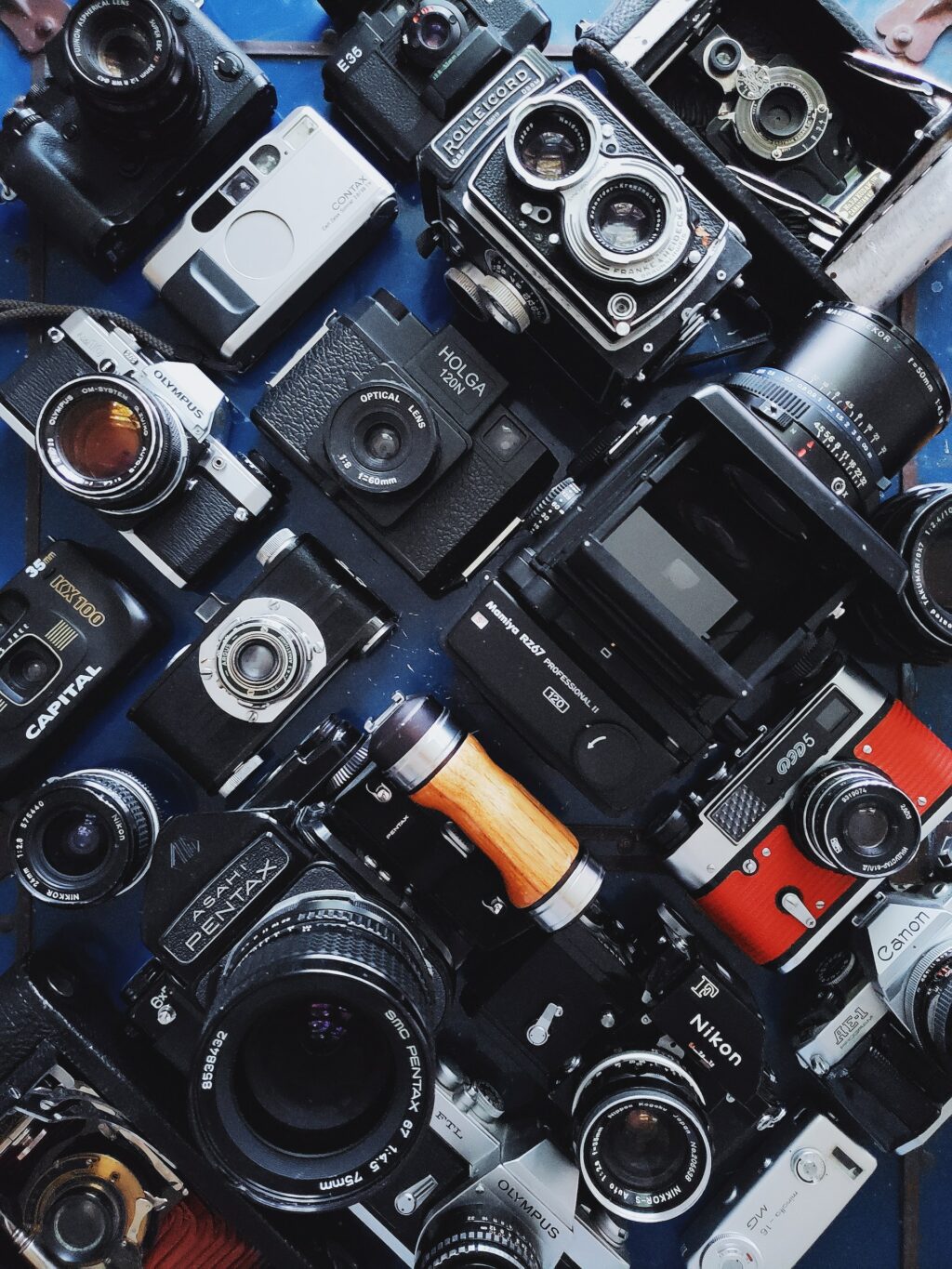
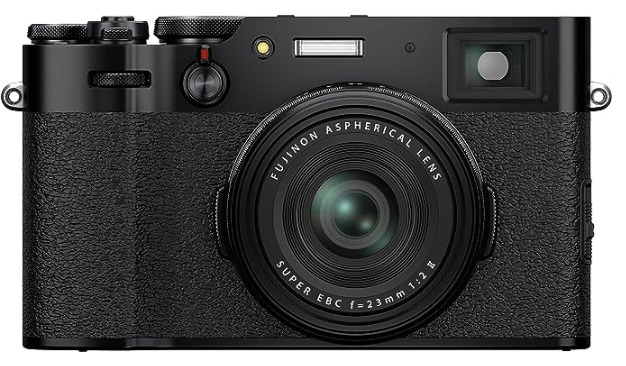
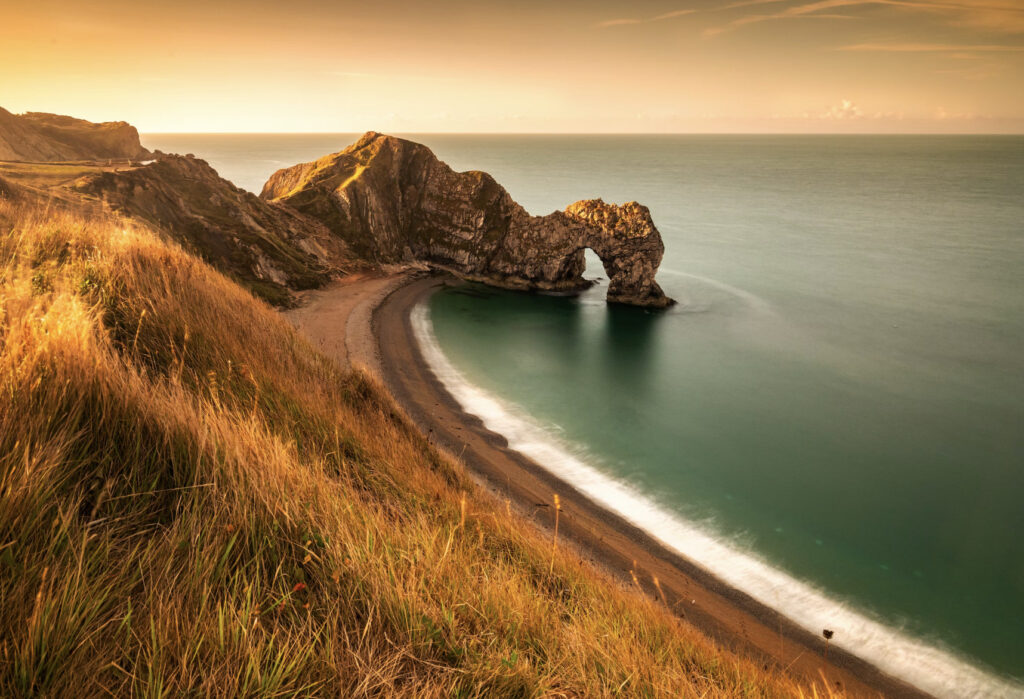
2 Comments
Nice one. Enjoying your articles Federico.
Thank you for the refresher mate.